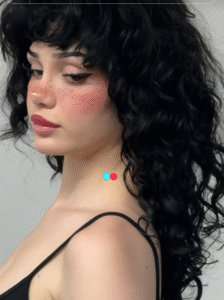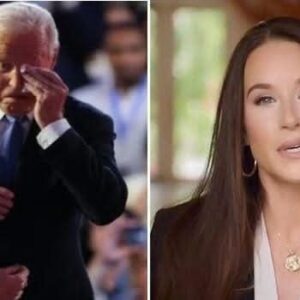Curly hair has always been unique. It stands out in a crowd, full of movement, texture, and personality. But for decades, many people treated their curls like a burden. Flat irons, chemical treatments, and endless hours of blow-drying became routine, all in an attempt to “fit in.” The result was often damage, frustration, and a sense of defeat. Today, however, a global curly hair transformation is rewriting the story—one of pride, self-love, and authenticity.
The first step in this transformation is care. Curly hair has a different structure than straight hair, making it more prone to dryness and breakage. Oils from the scalp struggle to move down each twist and coil, leaving ends fragile. That’s why hydration is the foundation of every healthy curly routine. Sulfate-free shampoos, creamy conditioners, and weekly masks provide the moisture curls need, while lightweight oils like argan and coconut help seal in shine and strength.
Equally important are the small changes in everyday habits. Drying with a cotton T-shirt instead of a rough towel, detangling with a wide-tooth comb instead of a brush, and avoiding high heat all help protect curl patterns. These shifts may seem minor, but together they create dramatic results—reducing frizz, preventing breakage, and restoring bounce.
Styling curls has also become an empowering ritual. Rather than fighting volume or trying to flatten texture, people are learning to highlight it. Finger-coiling, twist-outs, and plopping help create definition, while diffusing at low heat enhances natural shape. Modern curl creams and gels offer hold without stiffness, letting curls move freely. Protective styles like braids and buns add versatility while keeping hair strong.
Beyond the products and techniques, what makes curly hair transformation so powerful is the change in mindset. For years, society sent the message that straight hair was the standard of beauty. Now, representation has grown. Social media influencers, celebrities, and everyday people proudly showcase their natural spirals, proving that curls belong in every setting—from the boardroom to the red carpet.
The emotional impact cannot be understated. Many who once felt embarrassed by their hair now describe embracing their curls as life-changing. Parents are raising children to see their texture as beautiful from the start, breaking a cycle of insecurity that stretched across generations. Representation in film, fashion, and advertising has reinforced this message, giving people powerful role models who wear their curls with pride.
Ultimately, curly hair transformation is not just about looks—it’s about identity, self-love, and freedom. Every curl tells a story of resilience and individuality. When cared for properly and worn proudly, curls become more than hair—they become a crown of beauty, confidence, and strength.
The world is learning what many have known all along: curls are not something to fix. They are something to celebrate.





